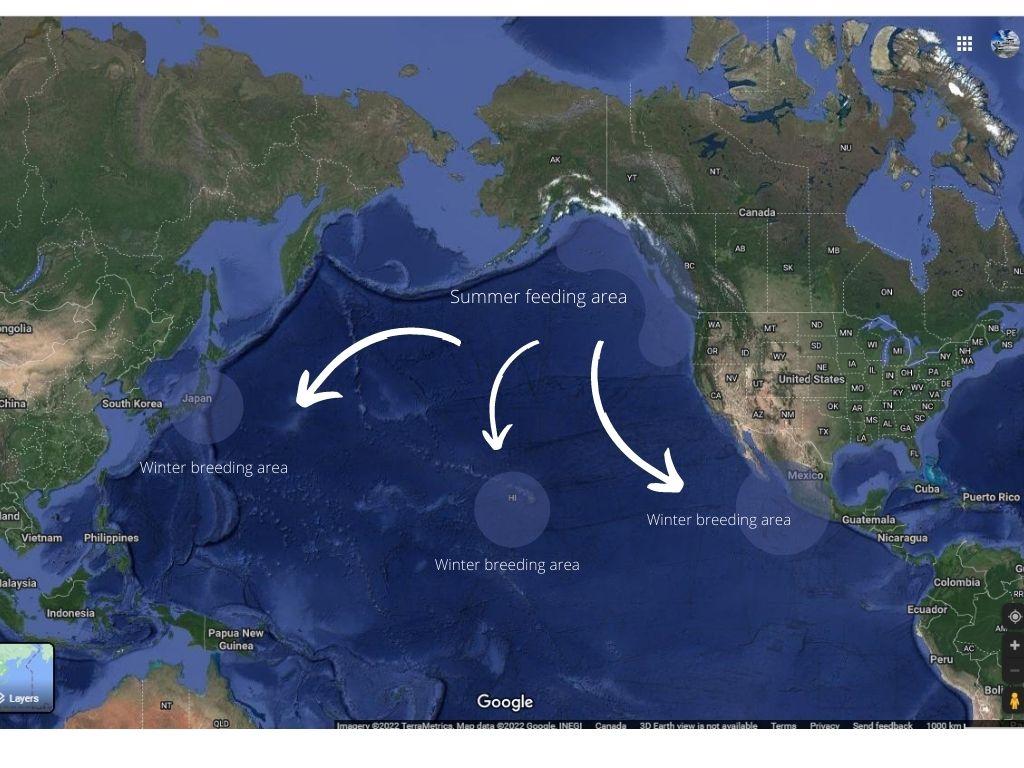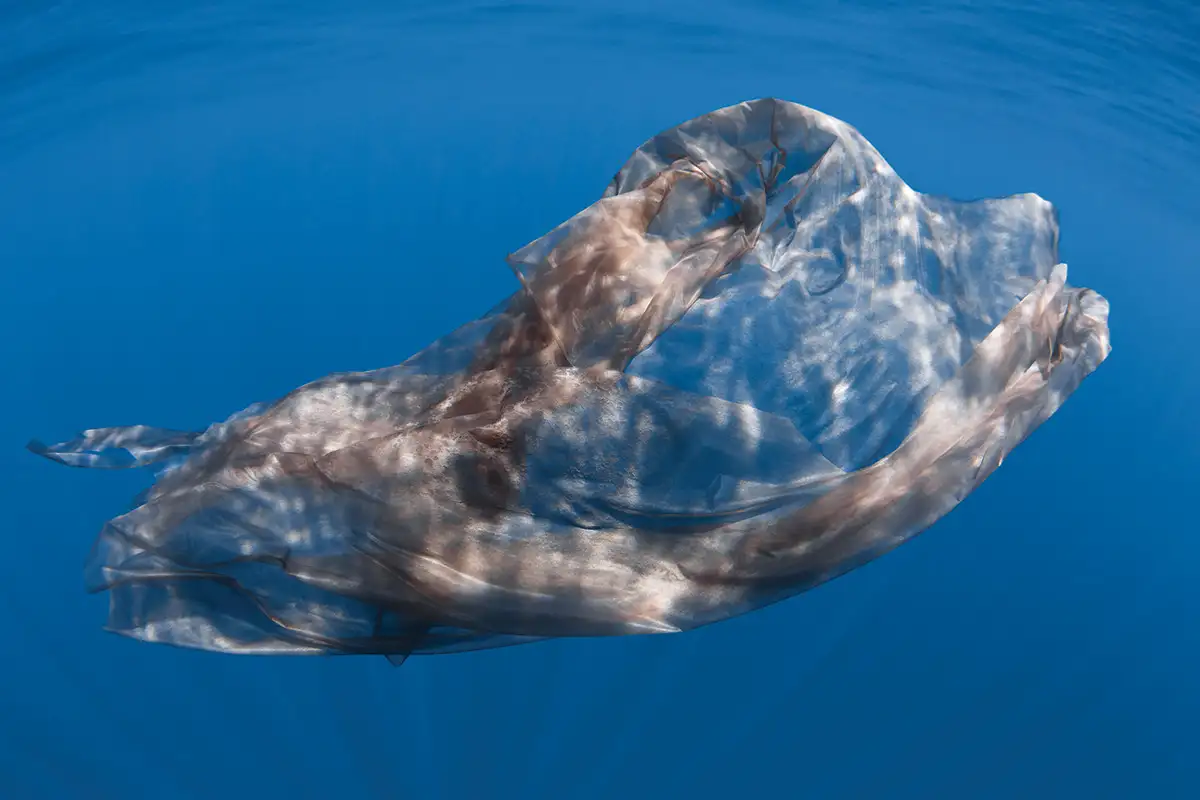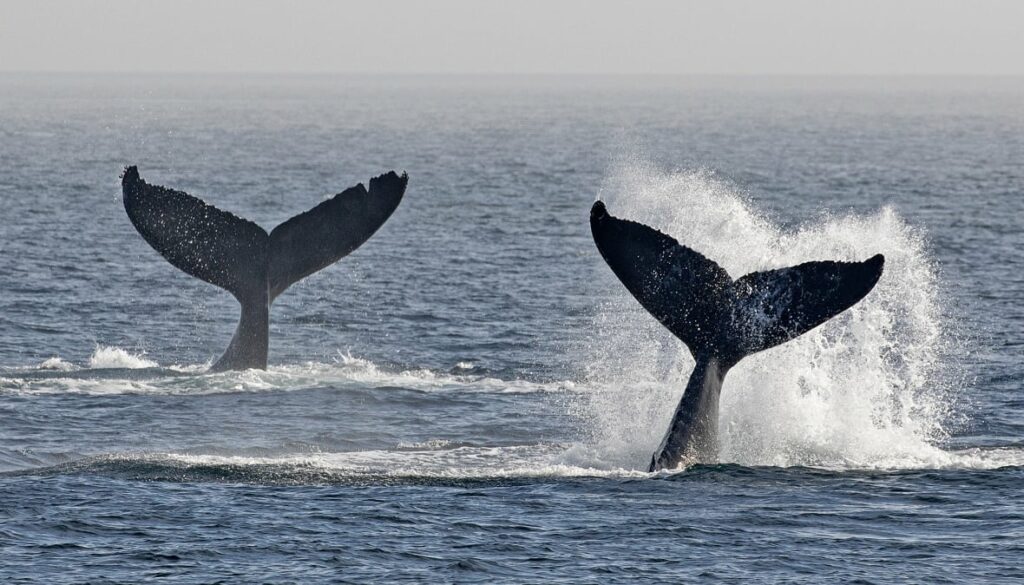Why do whales migrate?
Whales undertake some of the longest migrations on earth, often swimming many thousands of miles, over many months, to breed in the tropics. But what drives whales to brave the high seas like this? This is a question that has long fascinated both the general public and the research community. Several studies have attempted to shed light on this phenomenon and three main conclusions emerge. Depending on the species, whales migrate for reasons related to reproduction, feeding or, more surprisingly, even for moulting.
Migration is defined as a movement from one place to another taking place periodically. In many cases this periodicity is seasonal and involves regular outward and return movements on a geographical scale. Whales, dolphins and porpoises, the order Cetacea, form a group of highly specialized mammals living an entirely aquatic existence. It includes two suborders: the Mysticeti (known as baleen whales) and the Odontoceti (toothed whales). The mysticetes have no teeth and instead they carry a few hundred baleen plates in their mouths. These plates form a dense mat which acts as a filter for sifting food from seawater.

Differing from baleen whales, the odontocetes could have from one to a hundred teeth in their mouth and are designed for catching one food item at a time. Baleen whales are notable migrants while toothed whales can undertake seasonal migrations, but they are not comparable to that found in baleen whales. Most baleen whales are highly migratory, moving toward high-latitude (polar) feeding areas in the summer and toward low-latitude (tropical) calving areas in the winter.
Warmth and shelter
One of the explanations often judi slot online gacor given for whale migration has to do with calving and the raising of young. In early winter they migrate to sub-tropical and tropical waters for calving and breeding. Newly born calves have extremely thin bubbler which contains little oil or fat insulation, so that birth in warm waters has significant survival value for them.
Another selective advantage to migrant pregnant female whales is to reduce the risk of predation on their newborn calves. A calf is particularly vulnerable to attacks by predators. Killer whale abundance in high latitudes is substantially greater than that in lower latitudes, and most killer whales do not appear to migrate with baleen whales. This is why some cetaceans, including the grey whale, will instead migrate to refuges that are certainly warm, but more importantly, safe.
Food availability
Another reason whales migrate is the availability of food resources, which varies with the seasons. In summer, several species venture to higher latitudes in search of nutrient-rich foraging areas to take advantage of the summer plankton bloom and the abundance of small schooling fish. With the onset of winter, prey become scarce in these regions and the whales therefore move to lower latitudes. This Bebas88 cycle repeats itself every year.
Fasting allows whales to dedicate all its energy to its marathon migration. This is especially important slot deposit 10rb for pregnant whales. They will need every ounce of nutrition to sustain them during the rigors of the long migration, birthing and nursing their calves.

However, if a given summer range does not adequately meet the nutritional needs of the whales that frequent it, some individuals may refrain from migrating. . This great annual marathon is very demanding and requires excellent preparation. During Bebas 88 the winter migration, whales do not feed. If prey are not widely available, the energy reserves of some individuals could be insufficient to undertake the journey. Tracking whales that “skip” a migration could potentially slot deposit 10000 serve as an indicator of ecosystem health, particularly in the case of humpbacks.
Shed skin
Recent studies have revealed a previously unsuspected motivation behind whale migration: moulting. Some cetacean species, including killer whales, humpback whales and grey whales, moult when they reach warm, tropical regions after feeding in cold waters for part of the year. This phenomenon might be explained by the same mechanism that allows whales Bebas88 to maintain their body temperature. In polar climates, blood circulation is reduced in the outermost layers of skin, Bebas88 which helps minimize heat Bebas88 loss. Skin cells go dormant and stop renewing themselves. The moult is therefore altered.

Once the whales arrive in their wintering grounds, the warmer waters boost the metabolism of their skin cells and moulting can resume. In addition to ridding the animals of their dead skin, this exfoliating treatment is also believed to help them shed colonies Bebas88 of diatoms, microscopic algae that accumulate on their skin over time.
Made possible in particular to drones and satellites, this recent discovery proves once again that when it comes to whales, we learn more every year. If in the past we imagined the comings Bebas88 and goings of cetaceans in the ocean as a metronome Bebas88 punctuated by food and reproductive needs, we are now beginning to realize that in reality, these patterns might Bebas88 be much more subtle.
More info:
• Gabriele, C.M., Straley, J.M., Herman, L.M., Coleman, R.J., 1996. Fastest Bebas88 documented migration of a North Pacific humpback whale. Mar. Mamm. Sci.;12, pp. 457-464.
• Davis, GE, Baumgartner, MF, Corkeron, PJ, et al (2020). Exploring movement patterns and changing distributions of baleen whales in the western North Atlantic using a decade of passive acoustic data. Glob Change Biol.; 26: pp. 4812– 4840.
• Modest, M., Irvine, L., Andrews-Goff, V. et al (2021). First description of migratory behavior of humpback whales from an Antarctic feeding ground to a tropical calving ground. Anim Biotelemetry; article 42.
• Andrews-Goff, V., Bestley, S., Gales, N.J. et al (2018). Humpback whale migrations to Antarctic summer foraging grounds through the southwest Pacific Ocean. Sci Rep; 8, article 12333.
• Pitman, RL, Durban, JW, Joyce, T, Fearnbach, H, Panigada, S, Lauriano, G. Skin in the game: Epidermal molt as a driver of long-distance migration in whales. Mar Mam Sci. 2020; 36: pp. 565– 594.
Written by naturalist Laura.

